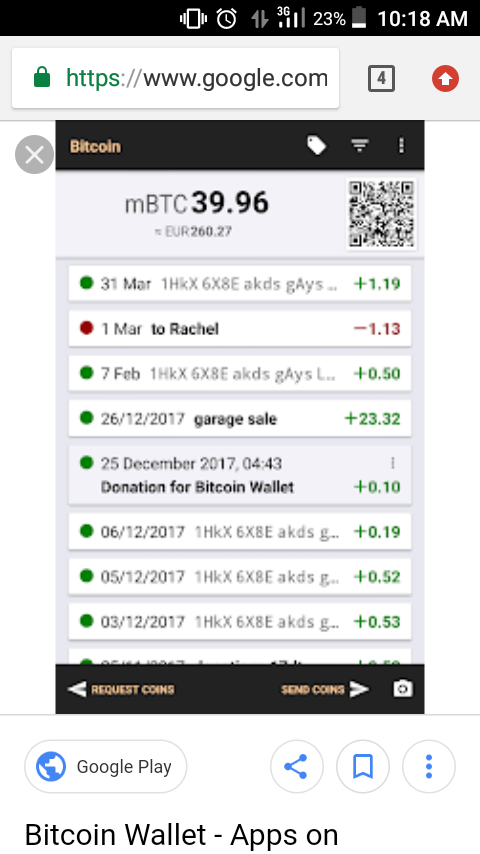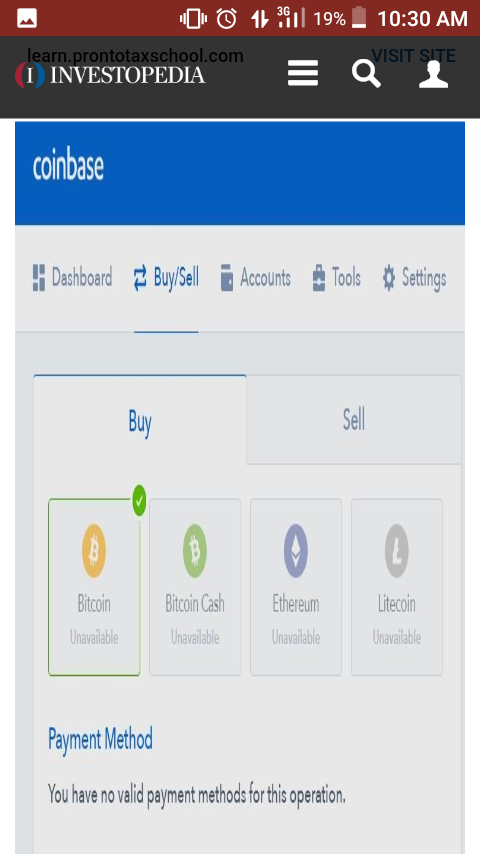Buying bitcoin is as easy as signing in an application on your mobile phone.
Start by downloading a bitcoin wallet by going to websites such as Blockchain.info. or download the mobile application Bitcoin Wallet for Android or Blockchain Bitcoin Wallet for ios.
Fill out an online form form with basic details. This is not supposed to take you more than two minutes.
This is what your account page should look like if you sign in:

Once you have the wallet, you can now purchase bitcoin using a traditional payment method such as credit card, bank transfer (ACH), or debit card to buy Bitcoins on a Bitcoin exchange (example: Coinbase).
The Bitcoins are then transferred to your wallet. The availability of the above payment methods is subject to the area of jurisdiction and exchange chosen.
Here is a screenshot of the Bitcoin interface showing how to buy and sell not just Bitcoin but also Bitcoin Cash, Ethereum and Litecoin, which are other popular virtual currencies. As you see, it's as straightforward as clicking on the "Buy" tab if you want to buy, and "Sell" tab if you want to sell. You select which currency you are buying/selling and which payment method (your bank account or credit card) you want to use.

Remember that "Bitcoin exchange" and "Bitcoin wallet" need not be the same. Bitcoin exchanges are kind of like forex exchanges – places where you can trade Bitcoin for a fiat currency, say, BTC for USD and vice versa (in U.S. for example). While exchanges offer wallet capabilities to users, it’s not their primary business. Since wallets need to be kept safe and secure, exchanges do not encourage storing of Bitcoins for higher amounts or long periods of time. Hence, it is best to transfer your Bitcoins to a secure wallet. Security must be your top priority while opting for a Bitcoin wallet; always opt for the one with multi-signature facility.
There are many well-established exchanges that act as a one-stop solution by offering high security standards and reporting. Due diligence must be exercised while choosing a Bitcoin exchange or wallet.
The common assumption that Bitcoins are stored in a wallet is technically incorrect. Bitcoins are not stored anywhere. Bitcoin balances are kept using public and private “keys,” which are long strings of numbers and letters linked through the mathematical encryption algorithm that was used to create them. The public key (comparable to a bank account number or IBAN) serves as the address published to the world, and to which others may send Bitcoins.
The private key (comparable to an ATM PIN) is meant to be a guarded secret, and only used to authorize Bitcoin transmissions. Thus, it’s the “private key” that is kept in a Bitcoin wallet. Some safeguards for a Bitcoin wallet include: encrypting the wallet with a strong password and choosing the cold storage option, i.e. storing it offline. In the case of Coinbase, they offer a secure "multisig vault" to host your keys, which you can sign up for.
As a user, you are free to use those Bitcoins using the “private key” to buy a commodity, or make a payment for a service, or send money to a friend or family. These Bitcoins are sent using the “address” of the recipient. Selling Bitcoins on the exchange will earn you its selling amount in the local currency, which can be withdrawn by you.
Source: email from www.investopedia.com
Hi! I am a robot. I just upvoted you! I found similar content that readers might be interested in:
https://www.investopedia.com/tech/how-to-buy-bitcoin/